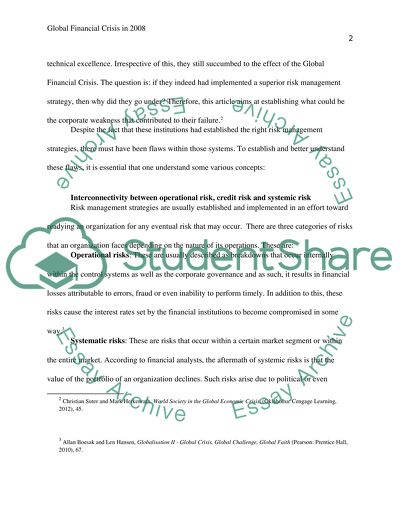Cite this document
(“Global Financial Crisis in 2008 Essay Example | Topics and Well Written Essays - 2000 words”, n.d.)
Retrieved from https://studentshare.org/macro-microeconomics/1398232-managment
Retrieved from https://studentshare.org/macro-microeconomics/1398232-managment
(Global Financial Crisis in 2008 Essay Example | Topics and Well Written Essays - 2000 Words)
https://studentshare.org/macro-microeconomics/1398232-managment.
https://studentshare.org/macro-microeconomics/1398232-managment.
“Global Financial Crisis in 2008 Essay Example | Topics and Well Written Essays - 2000 Words”, n.d. https://studentshare.org/macro-microeconomics/1398232-managment.


